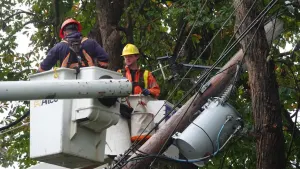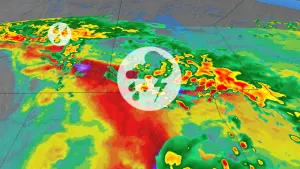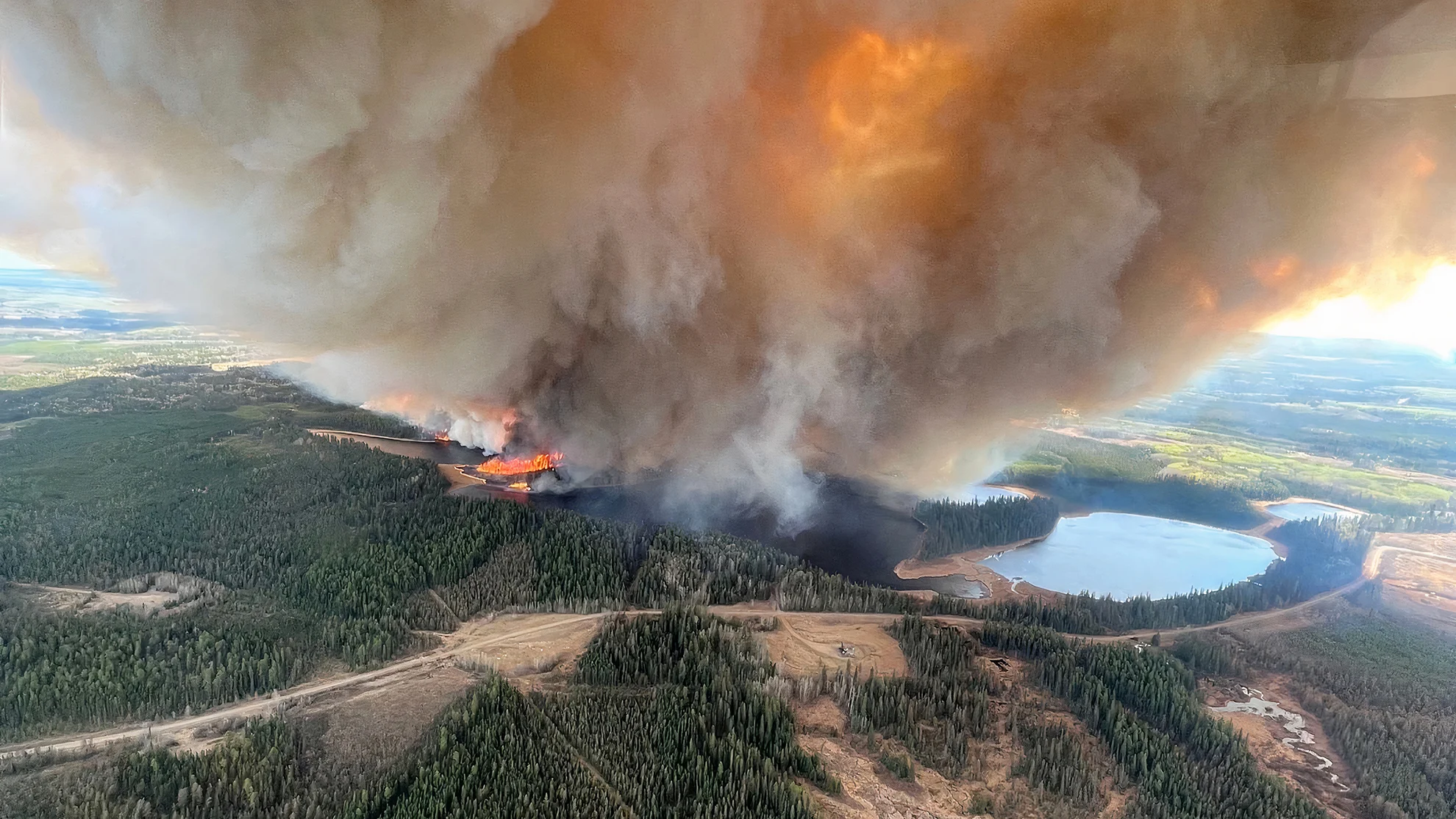
What role did climate change play in Alberta’s wildfires?
A heady brew of factors went into the fires the province saw this spring. How climate change impacted them is complex.
There are a few main ingredients behind wildfires in Alberta.
The province’s particularly grim fire season so far this year — in which more than 400 wildfires have burned more than 122,000 hectares of land, and displaced around 30,000 people — is mostly due to weather conditions, according to Mike Flannigan, research chair for predictive services, emergency management and fire science at Thompson Rivers University.
In particular, this is because, under climate change, Alberta is growing warmer and drier, creating an ideal stomping ground for wildfires.
“I attribute this primarily to human-caused climate change. And the reason is, you know, as we get warmer, we are seeing more fires,” he told The Weather Network.
But it’s a complex issue, and there are many other factors that go into whether any given year is going to be average or a rager. And, not every factor this year (and others) is immediately connected to a warming climate, caused largely by burning fossil fuels.
Here’s what can and cannot be blamed on climate change this fire season, and going forward.

Fires illuminate the sky in Harmon Valley, Alta., on May 6. (Submitted by James Lawrence)
Did climate change literally start the fires?
Well, no. There’s not some kind of Captain Planet villain going around and starting fires. Captain Planet is a now ancient cartoon and this is real life.
Wildfires generally start one of two ways: lightning, and human activities like a person flicking a cigarette butt into dry grass. Mostly, but not always, these are accidental cases.
Across Canada, the number of incidents where humans start wildfires has been decreasing thanks to things like fire bans. This holds true in Alberta too, where the five-year average, as of 2022, shows that 68 per cent of fires were caused by humans, and 32 per cent were caused by lightning. That year, the numbers were 61 and 38 per cent, respectively (one per cent is listed as under investigation). This year there have been a number of human-caused fires, but half are still under investigation.
But, climate change may also cause an increase in the severity of storms in Alberta. On one hand, this could mean more precipitation and, thus, less dry matter to catch flame. On the other, it could mean more lightning strikes. This latter point is a concern this year as well. So, it’s kind of a mixed bag.
OK, but where does El Niño fit in?
This year the world appears to be transitioning away from a La Niña (cold) to an El Niño (warm) climate pattern. This is believed to have contributed to how hot Alberta got this year and, as such, the fires. Both events usually happen every three to seven years, but often on irregular schedules, and the warmer version occurring more often.
According to Marc-André Parisien, a research scientist with Natural Resources Canada, Alberta was expected to see a later spring, but La Niña ended “a little bit faster than anticipated.”
“And it looks like we're kind of barging into an El Niño situation here a little bit quicker than we thought,” he told The Weather Network.
It’s possible that climate change could cause more frequent, and stronger, El Niño events, but the verdict is out.
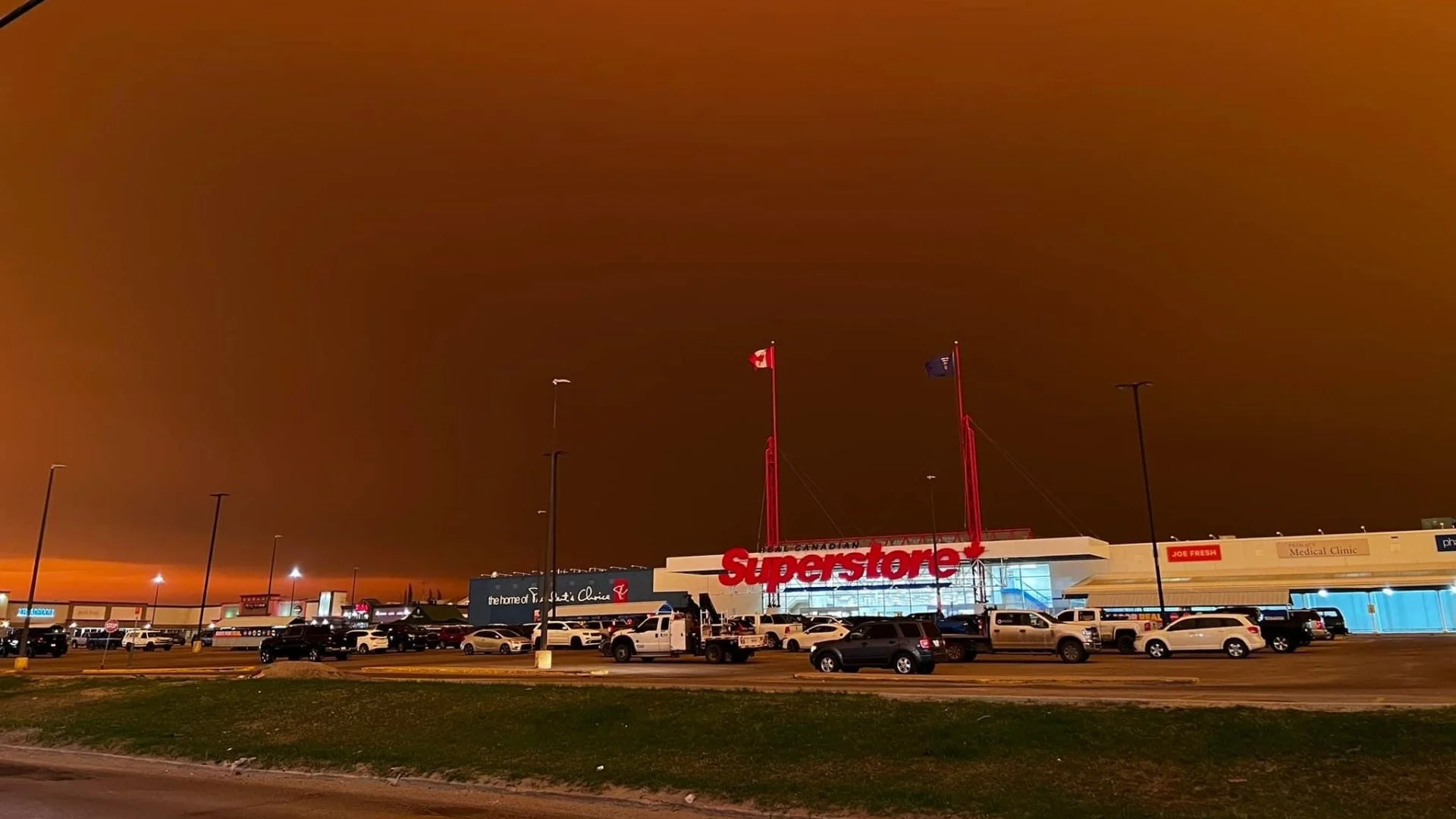
Red skies in Grande Prairie on May 5 as fires inch closer to the community. (Submitted by Stephanie)
Doesn’t May always get wildfires?
For sure. May is regularly the busiest wildfire month in Alberta, but May got off to a rough start this year.
According to Parisien, the seeds for this year’s fire season were sewn late last summer. The province got a moisture deficit because of a late summer drought, which, at least, was made more likely by climate change. Then the following winter was mild and had below average precipitation. So, by the time May rolled around, the “spring window” — the period of time between when the snow melts and when plants start turning green again — was a dry one. And then it got hot, and windy.
It was pretty hot, dry, and windy wasn’t it?
Take a look at some of the biggest fires the province has seen recently: namely the 2011 Slave Lake fire, the 2016 Fort McMurray Fire, and the 2019 Chuckegg Creek fire. Flannigan noted that this year has similar conditions to those past events.
“It seems like every three to five years, we have a very active spring,” he said.
According to Flannigan’s previous research, eight of the worst wildfire weather years on record happened in the past decade.
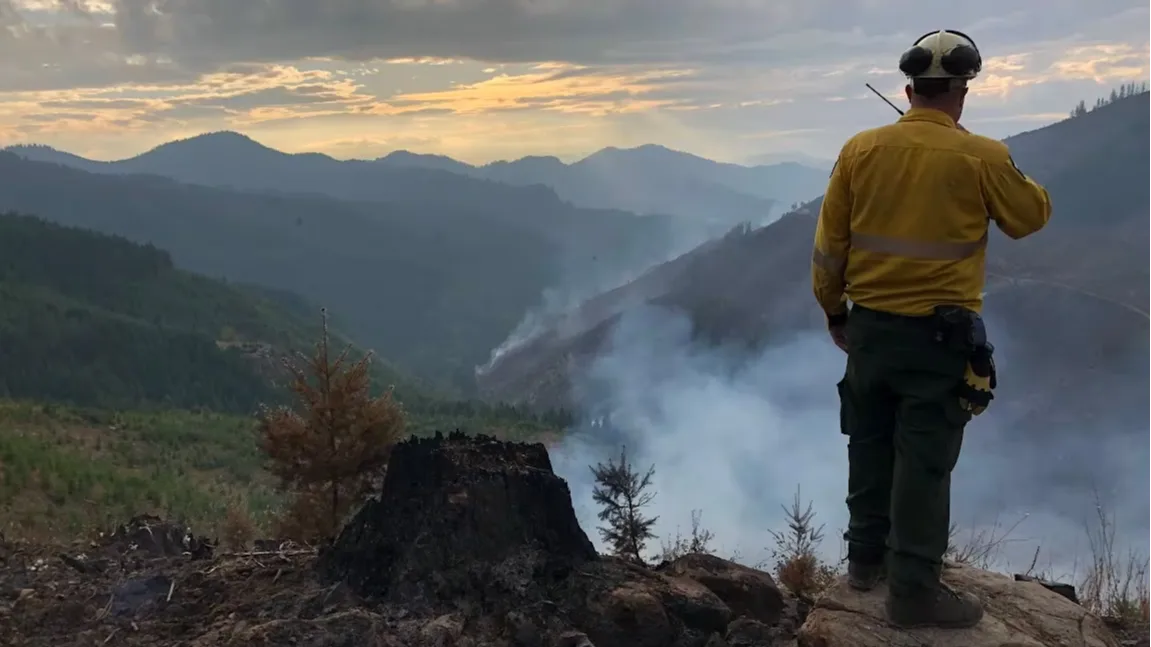
A firefighter looks out over a smoky horizon. Officials are urging Albertans to remain vigilant to wildfire danger as a heat dome bears down on the province in the coming week. (Alberta Wildfire/Twitter)
READ MORE: Hazardous heat will build in Alberta, threatening wildfire ignition
Plus, according to Parisien, after wildfire crews put out a blaze, the fire can still do a slow burn in the soil. When things get warmer, drier and windier, these fires spread more. This means more fires can start, or escape the initial efforts to suppress them.
“You’re gonna get fires that grow faster, bigger and more intensely,” he said.
That sounds bad
Flannigan noted that not every year is going to be as bad as this one. Some will inevitably be relatively mild but it’s worth noting that it’s just three per cent of fires in Canada that are responsible for 97 per cent of the total area burnt. These fires are more likely to start on days with extreme heat, he said, which Alberta can expect to see more of going forward.
The first week of May saw record high temperatures broken across the province and some weather stations reported temperatures as high as 30 C.
Beyond the area burnt, people displaced, and inevitable health impacts that come from wildfire smoke, these fires also feed into climate change. One study found that forest fires alone, including those in North America, usually make up 10 per cent of global emissions. But the fires in 2021 accounted for 23 per cent.
So, it’s not great, no.
Thumbnail image: A smoke column rises from wildfire EWF031 near Lodgepole, Alta., on May 4, 2023. (Alberta Wildfire/Twitter)








